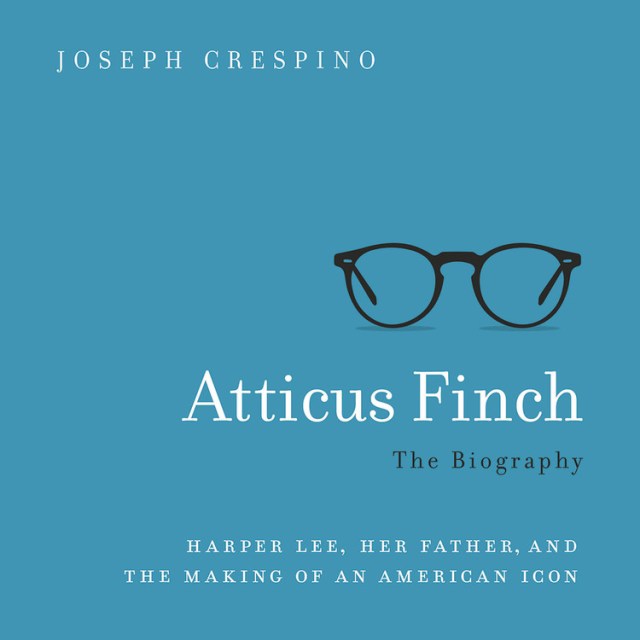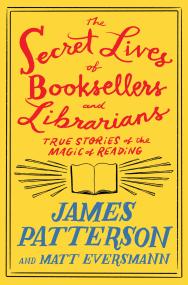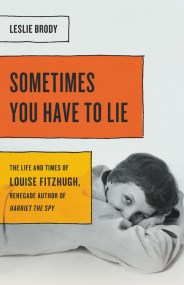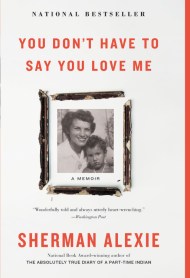Atticus Finch
The Biography
Contributors
Read by Dan Woren
Formats and Prices
Format
Format:
- Audiobook Download (Unabridged)
- ebook $17.99
- Trade Paperback $17.99
This item is a preorder. Your payment method will be charged immediately, and the product is expected to ship on or around May 8, 2018. This date is subject to change due to shipping delays beyond our control.
Also available from:
The publication of Go Set a Watchman in 2015 forever changed how we think about Atticus Finch. Once seen as a paragon of decency, he was reduced to a small-town racist. How are we to understand this transformation?
In Atticus Finch, historian Joseph Crespino draws on exclusive sources to reveal how Harper Lee’s father provided the central inspiration for each of her books. A lawyer and newspaperman, A. C. Lee was a principled opponent of mob rule, yet he was also a racial paternalist. Harper Lee created the Atticus of Watchman out of the ambivalence she felt toward white southerners like him. But when a militant segregationist movement arose that mocked his values, she revised the character in To Kill a Mockingbird to defend her father and to remind the South of its best traditions. A story of family and literature amid the upheavals of the twentieth century, Atticus Finch is essential to understanding Harper Lee, her novels, and her times.
-
"Lucid, accomplished, eminently readable... Atticus Finch a blend of Southern history, literary criticism and group biography, is probably the best book about Harper Lee to come out since her death in 2016."USA Today
-
"Although dismaying to some Lee fans, the belated publication of "Watchman," an apprentice work containing the germ plasm of "Mockingbird," cast light on the virtues and limitations of the author and her canonical novel. It also opened the door to serious scholarship like "Atticus Finch: The Biography," Joseph Crespino's crisp, illuminating examination of Harper Lee's dueling doppelgangers and their real-life model, Lee's politician father."New York Times Book Review
-
"Readers interested in understanding the three different portrayals of Atticus Finch - the one found in "To Kill a Mockingbird," Gregory Peck's Atticus of the cinema, and the "warts and all" version found in Harper Lee's 2015 book, "Go Set a Watchman," will delight in this well researched backstory."Bitter Southerner
-
"Insightful... [a] supple and incisive portrait of A.C. Lee."Forward
-
"Mr. Crespino shows a gift for copious research and nuanced interpretation. He deftly parses the region's racial attitudes into a spectrum of views that reflected varying degrees of tolerance."Wall Street Journal
-
"An in-depth look into the inspiration of Harper Lee's father, A.C. Lee, for the part of Atticus Finch... This will be of interest to anyone who studies Lee's work."Library Journal
-
"Illuminating... Crespino combines the authority and command of the scholar with the grace of a storyteller, making Atticus a great read. He's crafted an earnest, lucid and concise history of the time in which the two voices of Atticus were created, and shown why they are so paradoxical."Arts ATL
-
"A fascinating, thoroughly researched new book... In nimbly navigating Harper Lee's divergent portrayals of Atticus Finch - and the complex contradictions of A.C. Lee - Crespino will send many readers back to her novels in search of further understanding."Columbus Dispatch
-
"Crespino's scholarly and well-written history leaps to the top of the books you should read if you are a To Kill A Mockingbird devotee."Bookreporter
-
"Mr. Crespino has written a nuanced biography, one that tells the twin stories of Harper Lee's development of the character Atticus Finch and her relationship and ideological struggles with her father Amasa Coleman (A.C.) Lee, the Alabama lawyer and newspaperman, on whom Harper Lee based the fictional Atticus."Christian Science Monitor
-
"A nuanced and captivating study of Atticus Finch.... This insightful work elucidates the literary, personal, and civil rights issues that shaped Harper Lee and her two novels."Publishers Weekly
-
"Besides drawing on newly available correspondence, [Crespino] examines hundreds of editorials in which A.C. expressed opinions on local and national issues to offer a nuanced portrait of a man of 'paternalistic sensibilities.' ... An informed look at Southern history refracted through the lens of fiction."KirkusReviews
-
"In this fascinating book, Crespino examines Harper Lee's creation of Atticus Finch, the fictional hero based on her father, lawyer and newspaper editor A.C. Lee, and carefully traces the arc of his life as it reflected the South wrestling with the civil rights movement."National Book Review
-
"A thoughtful, fascinating study offering fresh revelations and insights about To Kill a Mockingbird.... Atticus Finch is a valuable new key to the mystery that is Ms. Lee."Diane McWhorter, Pulitzer Prize-winning authorof Carry Me Home
-
But Joe Crespino's beautiful study of Atticus Finch, in fact and fiction, also brings to life a writer, her father, and an entire people--all caught in history's clenches. It is an impressive achievement, from start to finish."Sean Wilentz, author of TheRise of American Democracy
-
"In this brilliantly researched and beautifully written work, Joe Crespino explores the fictions of Atticus Finch to expose the facts about white southerners in the age of Jim Crow."Kevin Kruse, author of One Nation Under God
-
"In this incisive and engaging work, Joseph Crespino lets us see all the iterations of Atticus Finch--the hero of 'Mockingbird,' the villain of 'Watchman,' and, most fascinatingly, the complex, conflicted real-life inspiration for both, Harper Lee's father, Amasa Coleman Lee."Samuel G. Freedman, Columbia School of Journalism
-
"To Kill a Mockingbird was a publishing sensation in its day, a staple of school reading lists for decades, and an enduring lens for understanding the politics of civil rights. Joe Crespino's smart and highly readable 'biography' of Atticus Finch gives us the story behind the story, from Harper Lee's family history to her emergence as a writer to her later fame. In so doing, he recaptures the lost diversity and complexity of thought and the perspectives about race and integration not just in midcentury America but within the white South itself."David Greenberg, author of Republic of Spin: An Inside History of the American Presidency
- On Sale
- May 8, 2018
- Publisher
- Hachette Audio
- ISBN-13
- 9781549115103
Newsletter Signup
By clicking ‘Sign Up,’ I acknowledge that I have read and agree to Hachette Book Group’s Privacy Policy and Terms of Use







